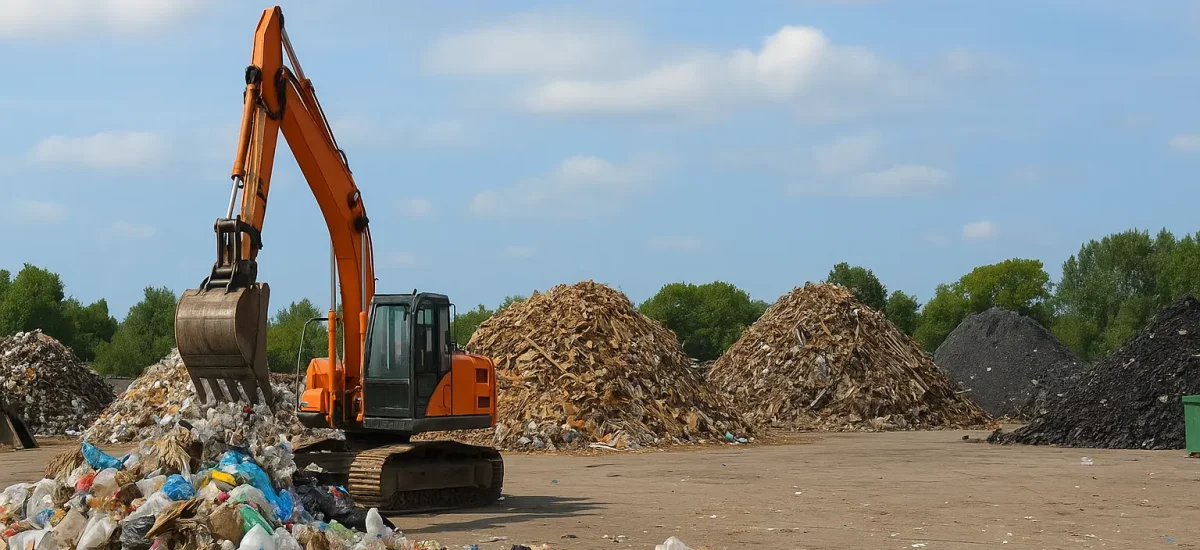
I ran coal slurry fuel for one heating season at a small city plant. We feed steam to a pool, a library, and two schools. I was the one on call, in the boots, by the pumps. So yeah—I’ve used it. I’ve scraped it. I’ve smelled it. And I’ve got feelings.
If you’d like to compare notes, here’s another boots-on-the-ground perspective: a hands-on take on coal slurry fuel—cheaper heat, tricky flow.
Wait, what is coal slurry fuel?
It’s simple on paper. You grind coal very fine. You mix it with water and a little chem stuff, so it stays smooth and does not settle too fast. Think thick chocolate milk, but black, and it stains everything.
That water angle—moving fuel almost like a pipeline—reminds me of one operator’s time living with the Arizona coal slurry pipeline water project.
But scale that up and a breach can be catastrophic; the 2008 Kingston Fossil Plant coal fly ash slurry spill released more than a billion gallons of sludge across 300 acres, showing just how nasty a slurry mishap can get.
The plan is clean handling like oil, lower cost like coal, and less dust than dry coal. That’s the promise. It felt simple. It wasn’t.
Why I tried it
Our gas bill jumped last fall. We looked at heavy oil. That price made us groan. Coal slurry came up in a meeting. Tank trucks, no coal yard, cheaper per BTU—sounded good. I said yes. Maybe too fast, but I did.
You know what? When it ran right, the savings were real. We cut our fuel costs by about 18% from October to March. Not jaw-dropping, but it mattered for a tight city budget.
Our setup (the gear that kept me busy)
- One 6-megawatt steam boiler (Babcock & Wilcox plate on the side, older than me)
- A special burner tip for slurry, with a small diesel pilot to light it
- A 15,000-gallon tank with a top-entry mixer (Lightnin brand)
- A progressive cavity pump (Moyno), because slurry is thick
- Two strainers before the nozzle (60-mesh then 80-mesh)
- Heated lines to keep the goop from getting too thick on cold days
We kept a small barrel of biocide too. If you store water and fine coal, things can go… swampy. For a deeper dive into handling slurry safely and keeping the muck from turning into a health hazard, take a look at this straightforward safety resource.
Week one: the messy start
Day one, I flipped the mixer on and watched the tank swirl. It looked like a black river. Kinda pretty. Then the pump coughed. The first strainer clogged with coal fines and a bit of rust flake from the truck hose. I cleaned it with a nylon brush, hands shaking, radio buzzing. We tried again.
The first flame was weak and orange. Not what you want. We opened the pilot diesel a bit, upped the air a touch, and the flame turned steady and blue-orange. Sounded like a low growl. Felt good.
Two days later, the night shift killed the mixer by mistake. Twelve hours still. Guess what? The tank settled. The pickup drew a heavy slug. The nozzle plugged. We had a short trip on diesel while I scraped out the nozzle with a wood stick. My sleeves smelled like soot for three days. Lesson learned: the mixer stays on.
Watching the slurry slump to the bottom of the tank is a pint-sized version of what happens in a full-scale coal slurry pond, as described by someone who’s walked the berms—and it’s exactly the kind of settling that led to the massive Martin County coal slurry spill back in 2000.
A winter story I won’t forget
January, minus 8. The short pipe from the truck froze at the camlock. Not solid, but slushy. We wrapped it with a heat blanket and waited. The driver teased me—“Hot cocoa, huh?” I laughed, then slipped on a smear of slurry. Not my finest moment.
After that, we kept a small space heater near the fill port on bitter nights. It looked odd, but it worked.
What I liked
- The price: When gas spiked, slurry held steady. That took stress off my boss and off me.
- Cleaner yard: No coal pile. No crunch of dust under boots. The fuel came by tanker like oil.
- Steady burn (once tuned): After we found the sweet spot, the flame was calm, and steam stayed on setpoint.
- Less ash than chunk coal: The ash came out damp and fine, like wet coffee grounds. Easy to shovel, still a chore.
Here’s the thing—when it ran right, I felt proud. We made heat, we saved money, and the phones stayed quiet.
What drove me nuts
- Clogs and wear: Slurry chews on parts. Strainers, nozzles, valves—they don’t last forever. I kept spares in a yellow bin, labeled by hand.
- Settling is sneaky: If the mixer stops, the tank turns into a science project. Start-ups get ugly fast.
- Lower heat per gallon: There’s water in the fuel, so you burn more volume. Trucks came more often. Paperwork too.
- Fine tuning or smoke: Off by a hair on air or flow? You get soot. The stack looked tired when we rushed.
- Smell and stains: Not awful, but it lingers. My green boots still have black marks. My dog sniffed them for a week.
- Micro gunk: Without a splash of biocide, the tank got a sour whiff after two weeks. Not a deal breaker, just gross.
Little moments that stuck with me
- I once fished a fallen zip tie out of a strainer at 3 a.m. Our feed jumped back to life like a drumbeat. I cheered. Alone. In a boiler room.
- A bus tour of fourth graders walked past the plant. I hid my hands. They were black with slurry dust. One kid waved. I waved back with an elbow.
Who should even try this?
- Big boilers with staff who like to tinker and keep logs
- Places that can run a mixer 24/7 and keep spare parts on a shelf
- Folks who track air settings, strainers, and ash like it’s a hobby
Who should skip it? Small sites, or teams with no time for fiddly gear. If you want “set it and forget it,” this isn’t that.
Quick tips I wish someone told me
- Keep the mixer on. Always. Put a bright tag on the switch.
- Double up strainers. Clean them before the evening rush.
- Warm the lines in deep cold. Slurry hates the chill.
- Train the crew on a calm day, not during a panic call.
- Plan ash bins. Wet, tight lids. Less mess, less windblown soot.
The numbers, plain and simple
- Fuel spend: down ~18% over the season for us
- Maintenance time: up maybe 30 minutes a shift on average
- Unplanned shutdowns: three the first month, zero after we got a rhythm
- Complaints from buildings: fewer than with our old oil burner last year
Not a miracle. Not a flop. A trade.
My bottom line
Coal slurry fuel gave us cheaper heat, with strings attached. It can run smooth and clean enough if you give it love. It can also bite if you get lazy. I know, because it bit me. Twice.
Would I run it next year? If gas stays high and I keep my spare parts bin full—yeah, I would. If prices drop and my crew is thin, I’d pass. Simple as that.
And because running a plant has taught me to favor tools that cut through fuss and just deliver, I’m reminded that the same logic applies outside the boiler room: anyone looking for an equally straightforward, results-first way to meet new people can check out PlanCulFacile—the platform keeps things clear and fast so you can connect with like-minded adults without wasting time.
Likewise, if you clock out in Southern California and want a local, classifieds-style route to lining up some off-the-clock fun, this concise guide to Doublelist Redondo Beach walks you through smart posting, spotting genuine replies, and arranging meet-ups safely, so your downtime can flow as smoothly as a well-tuned burner rather than get bogged down in endless scrolling.
You know what? I still like that low growl when the flame catches right. It sounds like a job done well. And on a cold morning, that sound feels like a small win.

